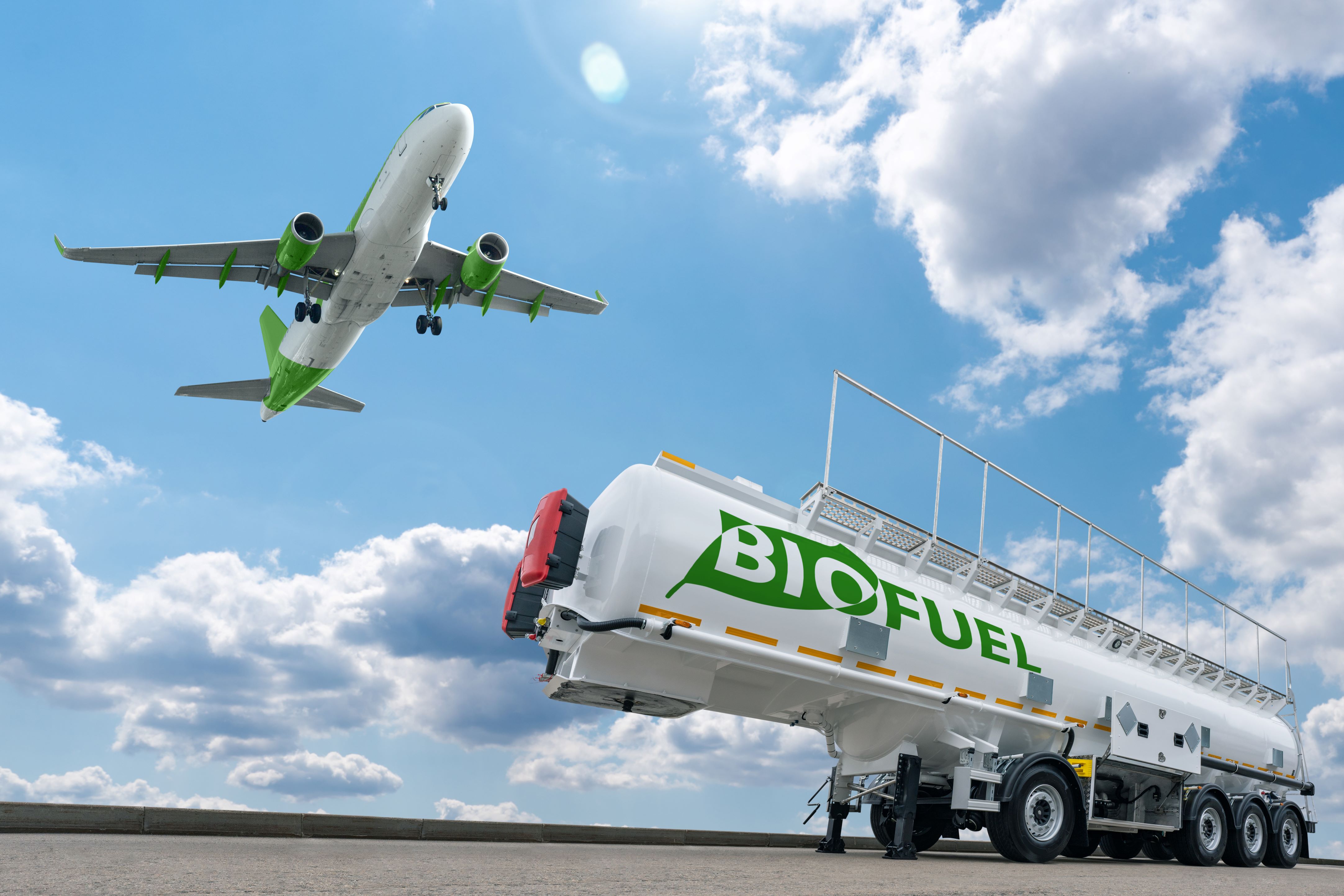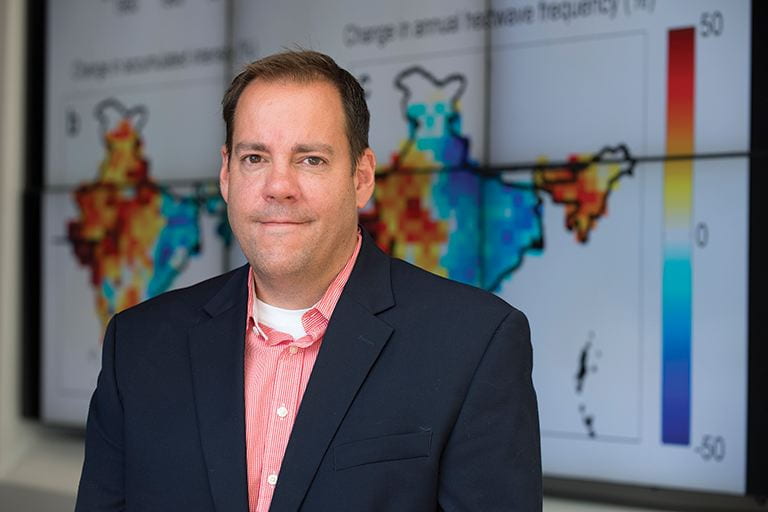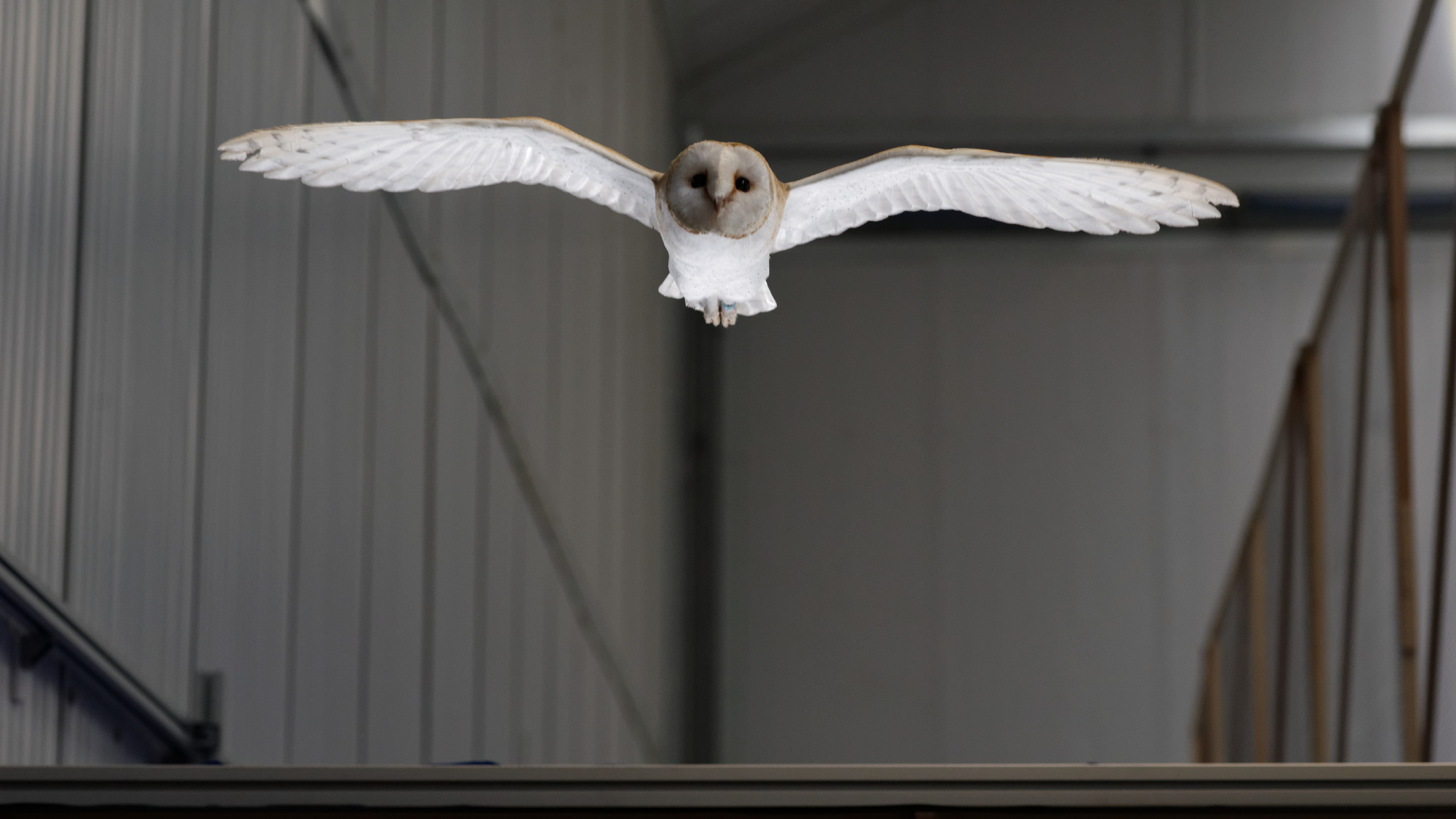A Southwest Airlines flight crew is under investigation after flying dangerously close to the ocean when attempting to land at Tampa International Airport on July 14th. The plane dropped to 150 feet above the water – the height of an average water tower – before accelerating to regain altitude. This is the third time Southwest has had a low-altitude incident this year.





